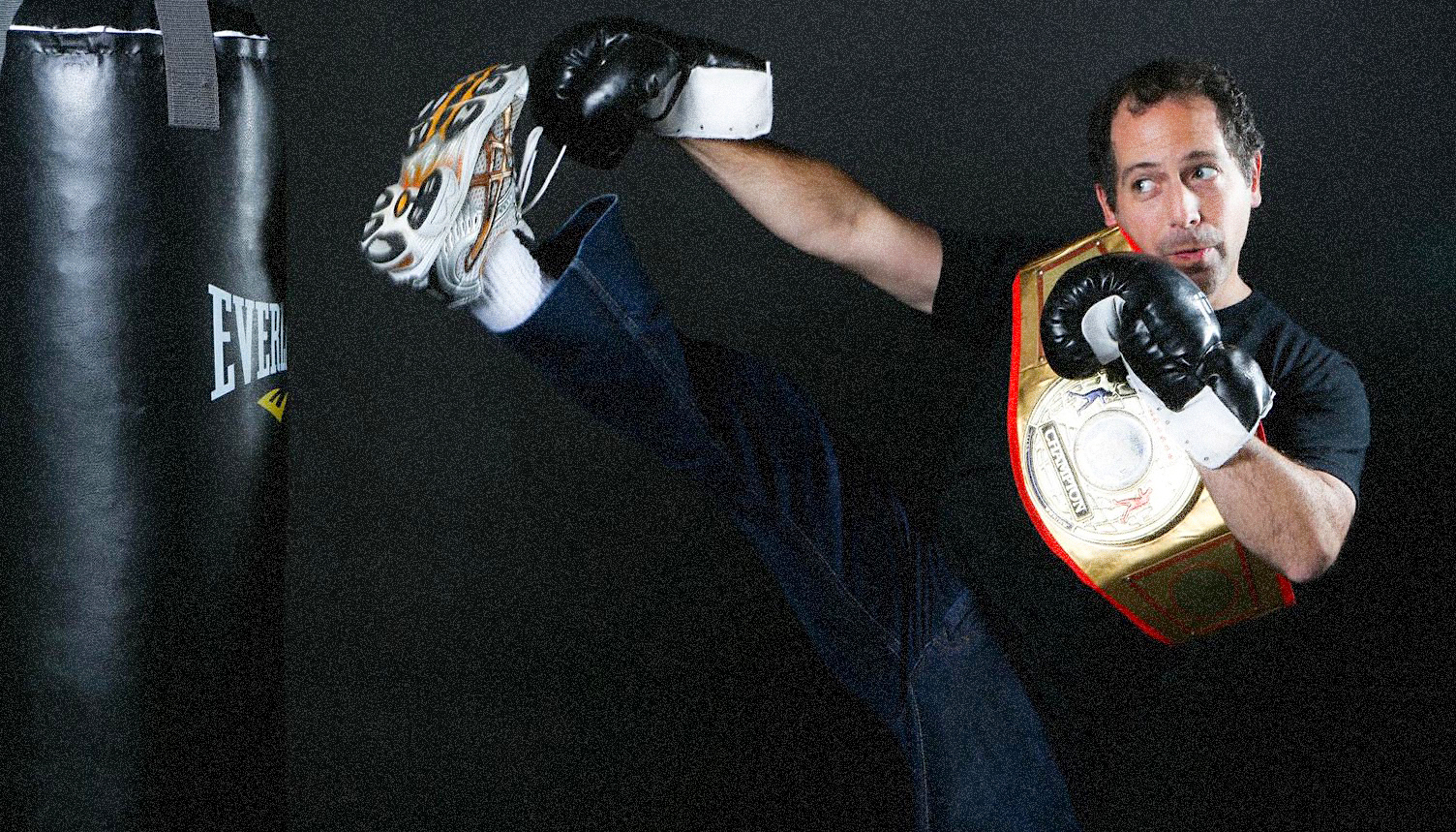Alan Lepofsky, Future Strong Hero, tells us how
![]() Alan Lepofsky, Future Strong Hero
Alan Lepofsky, Future Strong Hero
Alan Lepofsky is Principal Analyst at Constellation Research.
Future Strong Hero Series: Insights from top leaders,
change makers, and thought leaders who are creating better,
bolder tomorrows.
• • • • • • • • • • •
What Do You Do?
I cover the future of work from the perspective of how employees manage
and enhance their own personal productivity as well as team collabation.
If I can help shape the way vendors create their software or help
companies decide how to implement it, then I’ve helped millions of
people work more productively.
How Do You Stay Future Strong?
At University of Toronto, I studied Mechanical Engineering. That gave me
incredible ways of problem-solving and thinking about information and how
things are structured. That analytic side helps me make sense of things.
So I rarely accept initial explanations of ‘that’s the way it is.’ I’m told
I’m constantly the first person at the white board — everything has to
have a picture explaining it.
Also, one of the biggest factors is surrounding yourself with a circle of
people smarter than you, and understanding their work and learning from
them. As a research analyst, I spend a lot of my time consuming information —
from social media, competitive analyses, university research labs, vendor
early tests and experiments, and more.
Finally, I try to stay pragmatic. Even though I’m in a field that’s about
pushing the boundaries and creating the future, I stay focused on helping
people leverage whatever they already have or will have within the next few
months, not just weaving incredible stories about what may come 20 years
from now.
What Are the Top Few Trends We Should Watch?
Artificial Intelligence: Once the buzz wears off, and we begin to see the
basic practical applications, it’s truly going to change the way people do their
jobs — how people work on their own, how teams collaborate.
If you think about the past decade… We’ve move to the cloud. OK, I can
access my files from anywhere, but I don’t really work that much differently.
Everything’s gone mobile. Cool, I can do a whole bunch of stuff from
anywhere, but it hasn’t truly changed most people’s actual work, or how
much is on your shoulders.
AI is poised to act on your behalf. It can take steps for you. It can
aggregate and scan options, and offer options and recommendations you
never would have had before. All this is still in the early days, so it’s
important to be grounded in reality vs. buzz.
Where Budgets Are Set: HR now has a lot more input into software
purchases than they did a decade ago — looking at how to improve
performance, how to rank and reward performance, how to keep employees
happy, where they work from. Budgeting priorities are definitely changing.
Back to the Future: Software doesn’t have to be deployed at the enterprise
level anymore. We’re going back to the days when there were more
departmental solutions. Look at the success of Slack — decisions to use
it and how to use it are being made at small group levels. Even the
primary communication, calendaring and productivity systems — G-Suite,
Office 365, IBM’s Smart Cloud — are updated in real time with cloud-
based rollouts, so there’s no need for an IT-driven rollout. Even
centralized systems will feel a lot more personalized and local.
Analytics: The focus in the past was on delivering numbers to the C-Suite —
how the supply chain is doing, progress on sales quotas, reports for key
senior exec decisions. That’s not what analytics are anymore. We’re now
in the FitBit/Netflix Era, where regular people are seeing statistics
on their own performance or decision options. And that means we’re
going to see personalized statistics — who you work most effectively with,
who you email the most, who you should communicate with but haven’t,
what meetings actually led to changes sales or performance, which of
your files got used, and which didn’t. I believe people really want to
know these kind of things so they can better manage their own performance.
Future vs. Pragmatic Matters
We already have lots of the best tools in the world at our disposal, but
most work still runs off of email and file attachments. We can talk about
group messaging tools or enterprise social networking all we want, but
most everyone goes back to yesterday’s tools to get their work done.
How vendors create and drive these new tools is key to how much of the
future we adopt, and when. If they are able to bring together AI and
analytics, and make today’s tools more efficient and effective — like a
tool making new suggestions when I’m creating a PowerPoint presentation —
then we will see a shift. When we see personal digital assistants for
the average person is when these changes will take off.
Siri and Alexa have trained us to start thinking this way, and to start
expecting it. People are still really struggling with information overload.
It’s time to have an inbox that talks to you with your daily priorities,
and offers you quick and easy options. It’s 20 years after most of us had
an electronic inbox, and we’re still checking our spam folder to be sure
we didn’t miss anything.
The average user is not going to build their own solutions. That is why
it’s crucial for Google, IBM, Slack, Microsoft, Jive and others to make
the software do this for us. Nobody wants yet another tool, yet another
choice about how to get their work done. They want what they’re used
to made a lot easier.
Tough Choices Leaders Face
In the consumer world, consumers now have more power than the brands.
That’s beginning to happen inside the company as well. Employees have
more power than just showing up at work, with all their tools pre-
defined for them and locked-in. Performance instead of office face-
time matters so much more. [ROWE, Results Only Work Environments].
The C-Suite is waking up to giving employees even more flexibility
and freedom in achieving those results.
The biggest struggles I hear from leaders in achieving this is how to
create trust paired with accountability in these new environments.
How managers give assignments, leave freedom as to how to achieve the
results, and still hold people accountable for time-driven results.
That’s still a work-in-progress.
An Amazing Future Lies Ahead!
Someday, in the not too distant future, everyone will have access to
augmented interactions. So if I’m talking to you Bill, while we’re talking
I would also see your recent tweets, a summary of the last time we talked,
what you last published. Any information we view will have multiple layers
that we can easily explore.
Advances like these will change how everyone does their job. We won’t
need to wear headsets to have this experience. It will all be projected
onto our normal work surfaces, or in our contact lenses. We will soon move
from our 2-D screens into 3-D experiences. Ten years from now, the office
will be dramatically different than it is today!
Lepofsky Strongisms
• Keep questioning how big changes will be used by the average person
• The future is great, but remember to stay grounded in today’s everyday
challenges
• The future will arrive for everyone when vendors get focused on those
everyday challenges












